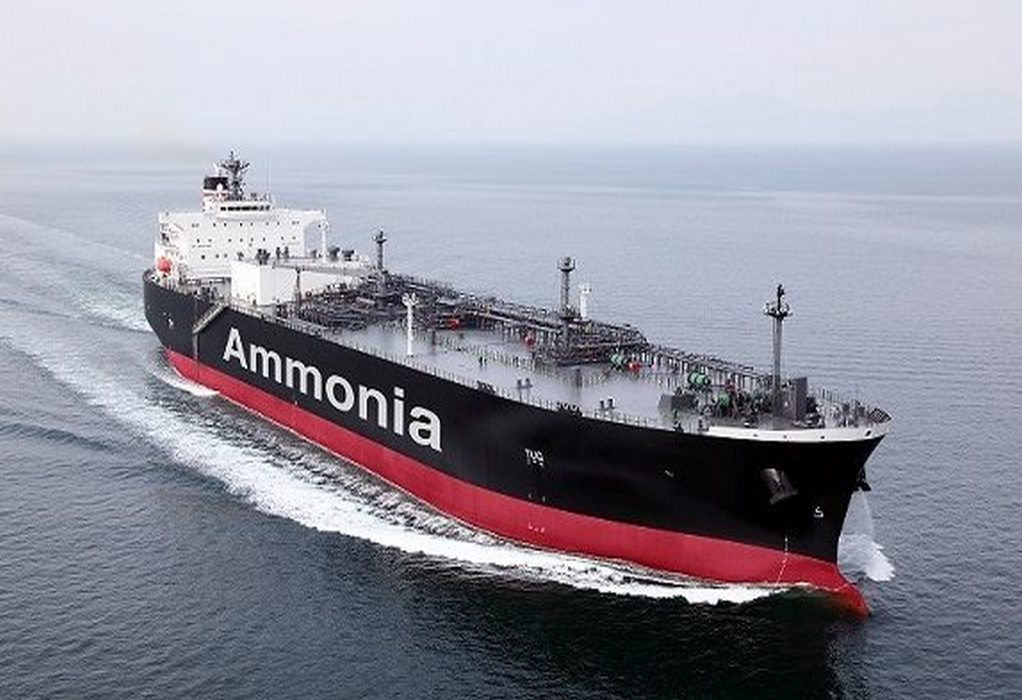Woodside Energy, together with Japan’s energy players JOGMEC, Marubeni Corporation, Hokuriku Electric, Kansai Electric, Tohoku Electric and Hokkaido Electric, have signed a joint research agreement to jointly carry out a feasibility study on the establishment of a lower-emissions fuel ammonia supply chain from Australia to Japan.
The study builds on last year’s work, when Woodside, JOGMEC, Marubeni, Hokuriku Electric, and Kansai Electric looked into the entire supply chain, including the production of low-emissions ammonia in Australia from natural gas with CO2 abatement methods such as carbon capture utilisation and storage and biosequestration; marine transportation to Japan; ammonia’s utilisation as a fuel for power generation and shipping; and financing. In last year’s study, the parties sought to address the feasibility of establishing a supply chain in relation to economics and CO2 emission reduction.
As part of the second phase of the project, seven parties, including Tohoku Electric and Hokkaido Electric as new participants, will conduct a further detailed feasibility study to inform the viability of establishing a lower-emissions fuel ammonia supply chain based on the results of the feasibility study conducted the previous year.
The Japanese government plans to establish a full-scale international hydrogen supply chain to cut the cost of hydrogen by 2030 and to encourage the use of ammonia as a low-carbon transition fuel. By 2030, the country expects to import 4m tons of clean ammonia, with demand rising to 30m tons by 2050.
Tags: Hokuriku, JOGMEC, Kansai, Marubeni, Woodside Energy



Recent Posts
Port of Brisbane Unveils Vision 2060 to Drive Smarter, Cleaner, and More Connected Future
Wärtsilä to Deliver Hybrid Propulsion Systems for Vertom Group’s New Low-Emission Vessels
Latvian port receives electric Konecranes Gottwald Mobile Harbor Crane
Sustainable Ocean Economy Vital for Human Development, Says UNDP at UN Ocean Conference
Green Hydrogen Costs in India Could Drop by 40%, Says IEEFA-JMK Report
Cavotec Secures €1.55 Million Shore Power Contract for Port of Antwerp-Bruges
APM Terminals and SANY Marine sign landmark agreement to accelerate decarbonisation
The Port of Gothenburg takes big step towards shore power connection for container and car/RoRo vessels